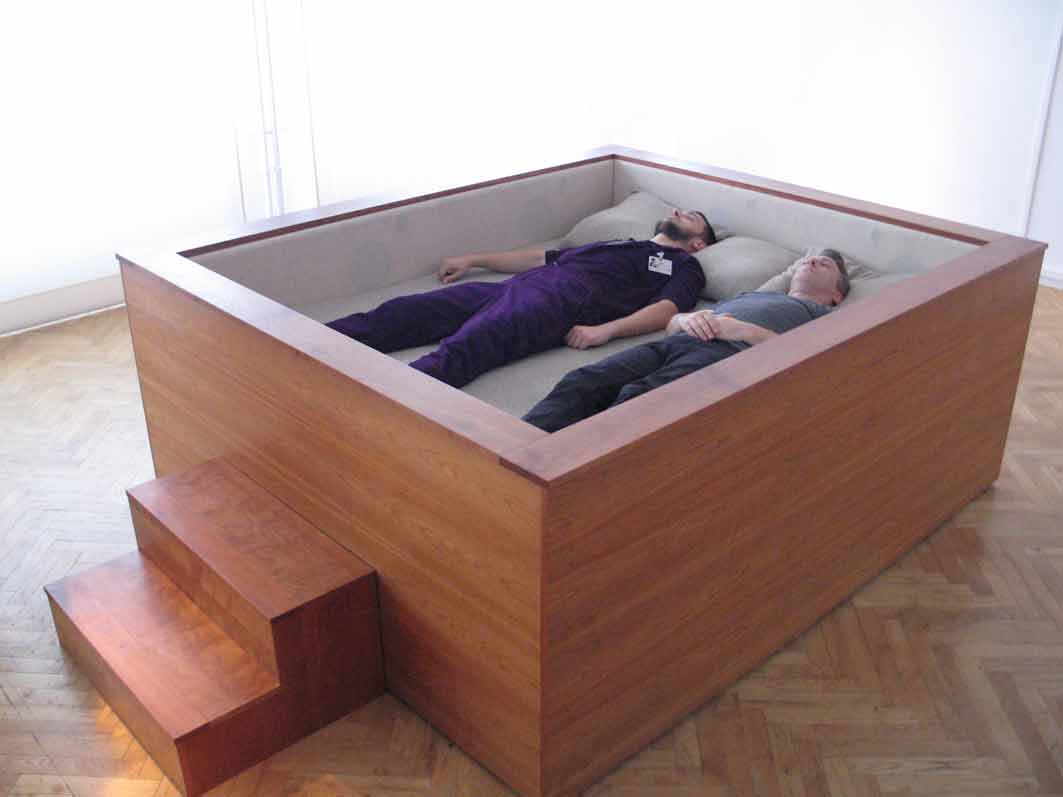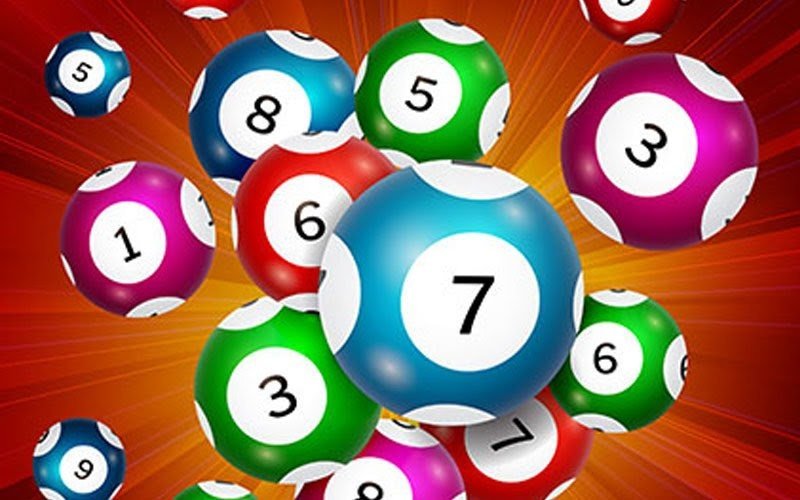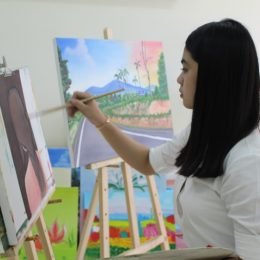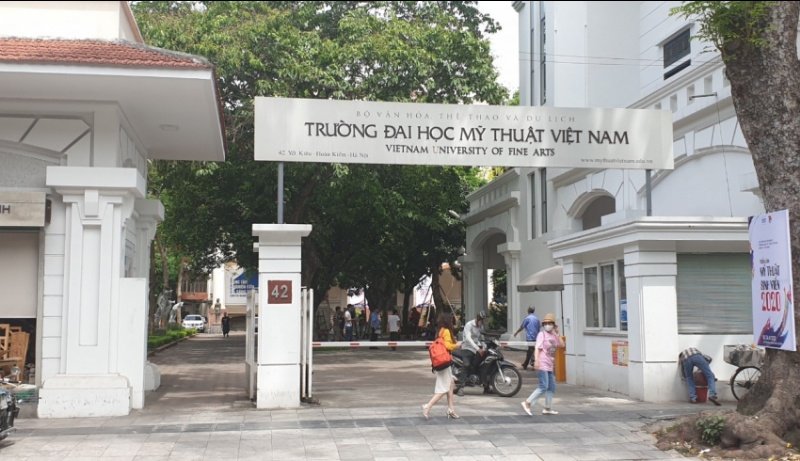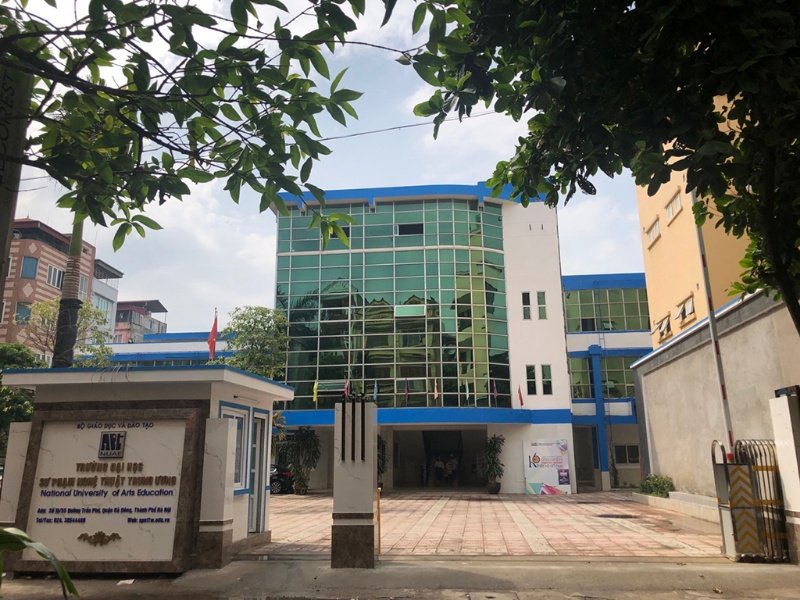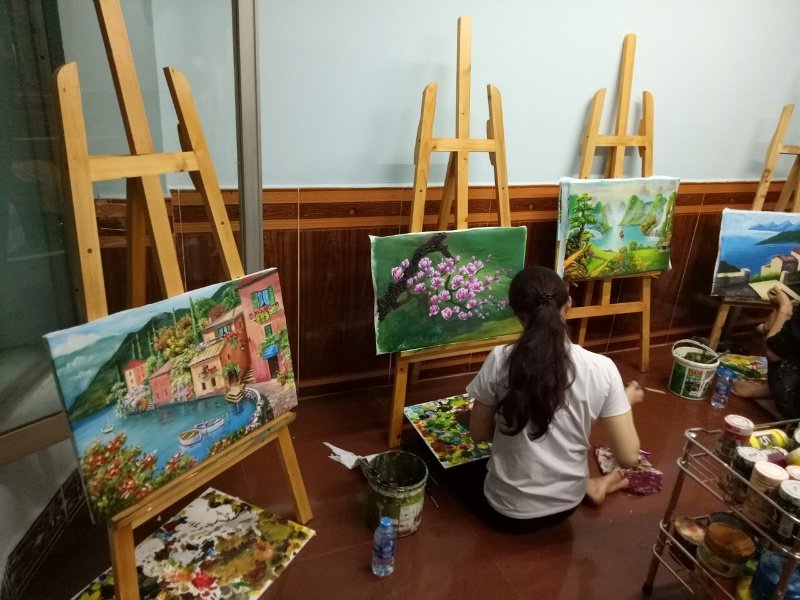If you’re new here, you may want to subscribe to my RSS feed to receive the latest Architectradure’s articles in your reader or via email. Thanks for visiting!
As part of ARCHITECTURE SCIENCE AND TECHNOLOGY, AN INTRODUCTION, course by Antoine Picon, Harvard University.Picon A., French Architects and Engineers in the Age of the Enlightenment, Cambridge, Cambridge University Press, 1992, Chapter 9, “A Productive Countryside,” pp. 211-255.
as in
EIGHTEENTH-CENTURY BRIDGE BUILDING AND THE SPLIT BETWEEN ARCHITECTS AND ENGINEERS
Notes
This chapter studies the country in term of cartography, look at the productive aspect of the country and introduce the effect of the state.
The map was the most important tool for the engineers. Maps could indeed ‘reduce a considerable space to a very restricted space’ and allowing an overall perspective, offer a theoretical approach to the problems raised by the land. Learning to draw map was the deal of the engineer profession: referred to the topography but also learning of the landscape, its logic.
The ecole des ponts et chaussees organized its instruction around the drawing of maps and until the 1750’s 1760’s maps were linked to the problems of road construction. Then the cartography took another form and were not about real situation anymore but about ideal territories imagined (more symbolic, colors, etc…). The maps drawn by the pupils from the Ponts et Chaussees resembled the art of gardens, due to the scale and the qualities of the relief. Learning to draw a map involved learning to read nature and it signs and involved the use of graphic codes: to represent the grass, one used a pale green. The cartography at the Age of Enlightenment oscillated between the need for conventions and the desire to imitate nature. They introduce some dissymetry into their axial compositions. And whereas the garden in the French style had been an image of plenitude for Blondel, for the engineers it became a simple repertoire of means. The engineer was primarily concerned with physical communication. To link up province by means of roads and canal, to throw builds or build ports. To avoid arbitrariness, the engineer had to proceed rationally and the territory acceded to a programmatic dimension.
The confrontation between engineer and territory was violent: the engineer was supposed to ‘level the mountains, join up the seas and render the uninhabited mountains fertile’. Country and garden were linked also in the instrumental sense. Then country and garden differed as for instance geometry was no longer derived from the art of architecture, this took on the form of a crisis of representation on .
The bridge then reconciliated the engineer and nature as it impose continuity upon a fractured terrain. It represented then the fault but also expressed a regularity as much as the road linked the logic of territory and the need of society. There was a convergence between what territory revealed and what the design required. Bruke then discussed the aesthetics of the sublime in 1757. The notion of sublime always reposed on the divided nature, and was independent from any notion of beautiful. Bruke: ’sublime is whatever is fitted in any sort to excite the ideas of pain and danger’ Since the bridge was born from the suffering of the engineer and his workmen, and since the danger in braving the river, it was then regarded as sublime. The bridge helped to express a duality and a conflict: the duality of the engineer (inspired by nature in order to combat it) and a conflict between the ideal landscape revealed by planning and the real landscape with faults.
The picturesque was intimately linked to painting an the bridge through the sublimity of its origin became picturesque and lost it sanguished character. The maps of the pupils of the Ponts et Chaussees took then a narrative character.
As Kant puts it: ‘the sublime resided primarily in the mind of the spectator, who had to have an aptitude for the sentiment of (practical) ideas, that is to say, for the moral sentiment. For the engineers, this aptitude was their concern with social utility.
Preoccupations with territory or with landscape involved a persistent encounter with technology, economy and society, thus Trees on the edge of canals helped to combat deforestation played a big part in the solution of serious problems. The territory was the natural soil in which both experiment and calculation were rooted. The territory in some sense gave rise to planing as the realization of his deepest aspirations.
By contrast with the town, the country was natural (planning there to perfect it). It was also a tool for both the conception and the execution of the design (which helped to unify these two moments). Finally is represented a catalog of products of every kind, the necessary conditions for economic progress.
————————–
Context
————————–
Eighteenth-century bridge building and the split between architects and engineers
Engineering becomes a profession with ideals and professional organizations in 1747: the first engineering school (civil) in the world.
Bridge becomes a network thing as a continuation of the road and engineer becomes ambitious by knowing the world.
Change in conception of bridges in the 18th century
Before they were massive, semi circular arches, pillars ex: the pont neuf in Paris. Then oval arches in bridges, piers much thinner, and general line of bridge is more tense, more tansparent as possible and bridge becomes intimately linked to circulation on the deck, linked to what is transported along it. In the 18th century idea comes about that circulation is good: birth of economy in a sense and bridges are part of this mobility. Flattening of the bridge arches brings more lateral force. There was this idea that redundancy should be avoided and the idea of infrastructure emerges purely to support circulation.
The bridge transforms itself:
1- prolongation, a support of the road, bridges used to be isolated parts on the passage
2- destroy houses on bridges: houses block air movement . It was part of the urban sequence and it becomes a pure infrastructure. Architects want to make bridges no longer a place, but a circulation.
Perronet and his pont de Neuilly: The decoration becomes minimum as the beauty of the bridge comes from function alone


Dessin du pont de Neuilly – Projet de Jean-Rodolphe Perronet en 1768
© Coll. Ecole nationale des Ponts et Chaussées – MS9(1)2
Concord Bridge: non standard because it has a slope relation with colonnades

Concord Bridge
Ideal bridge: chinese bridge as described by travelers, say that ideally brdige should be a colonnade in the water.
The bridge becomes then the colonnade in the water and becomes a circulatory device very similar to architecture
Engineering versus architecture
Longing for autonomy from art and see bridges as pure utilitarian element by refusing linguistic connotations. The dimension of calculation is important too as engineers have aspiration to be better in math using calculs of variations. There is a desire for a new engineering science apart from architecture and proportion. It is a dynamic process where engineers have a new obsession of process in space and time, and we begin to see the relation between labor, construction, pleasure and pain. There is an obsession in the 18th about process and progress, e.g. Charlie Chaplins ‘modern times’.
Territory
The bridge is a part of the territorial system because it is part of the road and engineers merges the territory and nature, and the contraction of distance with this idea that the whole planet can become a garden. There is an implicit disorder that the geometry can’t order the world. Engineers become synonymous with a flight against nature and the bridge is nature redeemed by technology where the bridge is sublime. The structure has an organic relation to the body as the interiorization of being part of the structure. In the 18th century it is the last time the architect and the engineer share the same culture. There is the wealth agriculture mass in which connecting and integrating the wealthy with the rest of the city is done through the infrastructure. Even today technology is meant to pacify things. Architecture has to reason what it is doing and lends towards technology. Transparency is also always about what is shown and what is hidden in that it must hide something in order to reveal others.

















